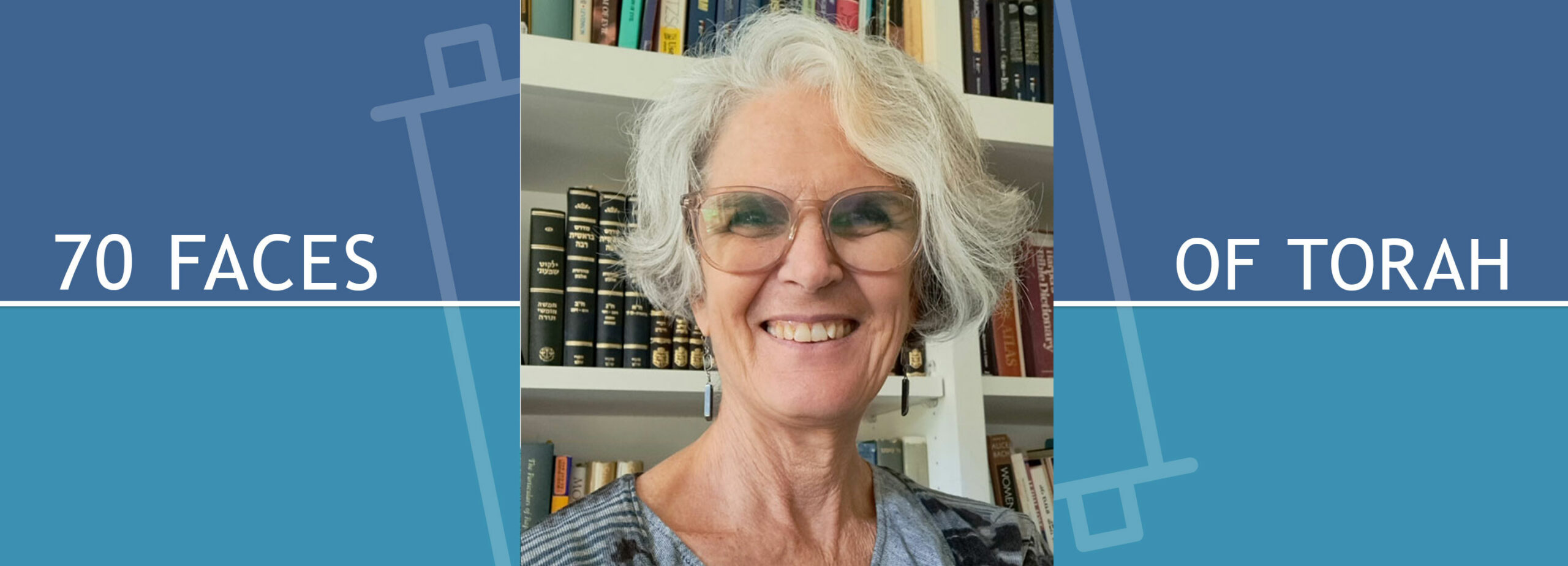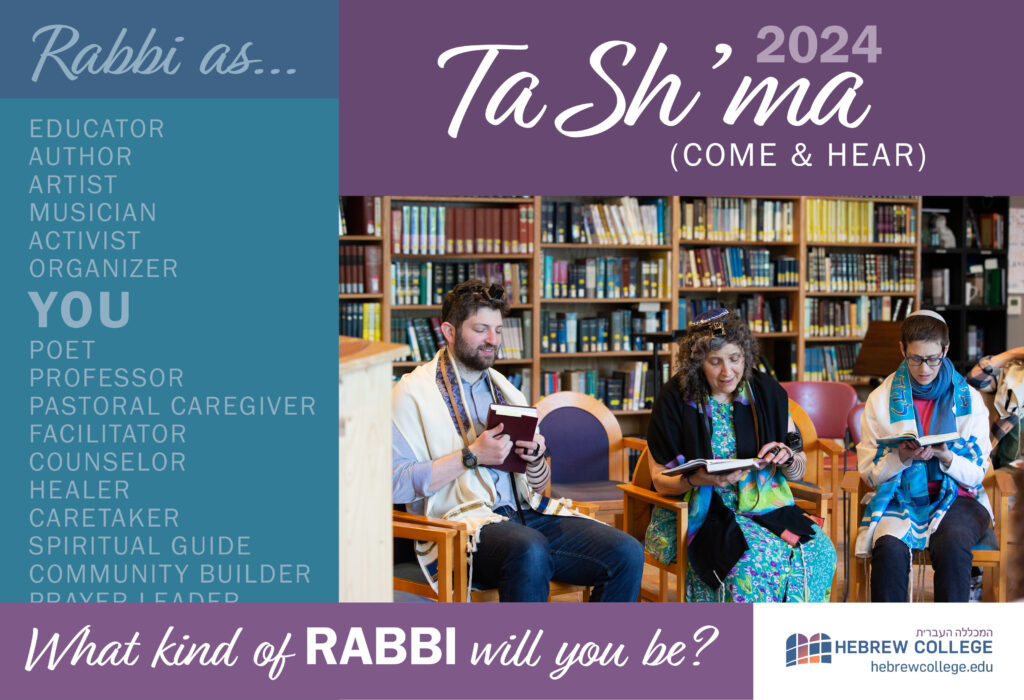Deuteronomy Sowing with Tears, Reaping with Shouts of Joy?

Haftarat Ki Tetzei Isaiah 54:1-10
The recent events in Israel-Palestine have thrust me back to the day after October 7th—and liturgically back to Tisha be-‘Av, the most mournful day of the Jewish year. I dedicate this teaching to the memory of the six hostages killed in Gaza last week:
Ori Danino z”l (age 25)
Carmel Gat z”l (age 40)
Hersh Goldberg-Polin z”l (age 23)
Alex Lobanov z”l (age 32)
Almog Sarusi z”l (age 27)
Eden Yerushalmi z”l (age 24)
At the end of Rachel Goldberg’s eulogy for her son Hersh on September 2nd, 2024—332 days after he was taken hostage—she spoke poignantly, her voice breaking: “…my sweet, sweet boy, finally, finally, finally, finally you are FREE!”
I cry with her and grope for language where there are no words. Only tears speak truth to this tragedy. My friends in Jerusalem, who have attended the recent gatherings of collective mourning and protest, are hoarse from crying and shouting. They say, “It’s all we do now. We shout and cry out. We can’t say anything coherent anymore.”
The prophet Jeremiah’s response to the Destruction resonates in my ears:
Oh, that my head were waters,
My eyes a fount of tears!
Then would I weep day and night
For the slain of My Dear/Daughter People [Bat ‘Ammi].
(Jeremiah 8:23)
Here Zion, representing Jerusalem and the collective body of the nation, is personified as a daughter, Bat ‘Ammi (lit. “Daughter My People”) or Bat Tzion (lit. “Daughter Zion”). As Adele Berlin notes in her commentary on Lamentations (2002), the expression Bat X should be read as a term of endearment—Bat ‘Ammi as “My Dear People” and Bat Tzion as “Dear Zion”. In another essay, I discuss why the daughter serves as a powerful figure for voicing lament—vulnerable to violation while challenging God’s harsh justice. It is her tears and the tears she evokes that disrupt, most powerfully, the harshness of God’s decree:
My eyes pour down streams of water
Over the shattering of My Dear/Daughter People [shever Bat ‘Ammi]
(Lamentations 3:48).
So how do we move beyond lament? In this week’s Haftarah, as in Lamentations and Jeremiah, the prophet addresses the female personification of Jerusalem, though Bat Tzion is not explicitly named. It is one of the “seven (Haftarot) of Comfort [shiva de-nechamta]”, recited in the weeks between Tisha be-’Av and Rosh haShanah. These passages are all taken from Second Isaiah (chapters 40-66), composed during the period known as Shivat Tzion, the Return to Zion, after the Persian Emperor Cyrus, in 539 BCE, decreed that the Jews could return to Judea and rebuild their Temple in Jerusalem.
This week’s Haftarah opens with the resonant verse:
Sing (or shout) out [ronni], you barren woman, who has borne no child;
Break out in shouts of joy [rinnah], you who have never been in labor!
For the children of the desolated woman [shomemah] will outnumber those of the wife espoused, says the LORD (Isaiah 54:1).
While Zion as the figurative daughter is depicted as a lonely widow, a degraded princess, an abandoned wife, and a ravaged virgin in Lamentations, Second Isaiah portrays her as a barren or desolate woman, summoned to shout out and burst into song. Even before her people return, while still barren and desolate, she is called upon to imagine her home thronged with children, to “widen the site of (her) tent”… “to lengthen the ropes”, so that she “burst out to the left and right” (echoing God’s promise to Jacob in Genesis 28:14). This is a radical act of imagination, a groping for “hope in the dark” (to borrow Rebecca Solnit’s words).
Today, from what locus do we shout out? How can our tears and our cry become work of the imagination rather than despair? In Psalm 126 (once a contender for Israel’s national anthem), the same challenge to the imagination is posed; the same image of cries and shouting:
Those who sow in tears, will reap with shouts of joy [rinnah]. He goes weeping along his way, bearing this sack of seeds, he shall surely home with shouts of joy [be-rinnah], carrying his sheaves. (Psalm 126:5-6)
Andre Neher, the modern French Jewish philosopher, comments on the perplexing image of sowing with tears:
What is it to weep? To weep is to sow. What is it to laugh? To laugh is to reap….Tears are sowing; they are effort, risk, the seed exposed to drought and to rot, the ear of corn threatened by hail and by storms. Laughter is words, tears are silence… It is not the harvest that is important; what is important is the sowing, the risk, the tears. Hope is not in laughter and plenitude. Hope is in tears, in the risk and in its silence. (André Neher, Exile of the Word, 236).
Perhaps we as a people are called upon to take the risk, now more than ever: to make an effort of the imagination, that our tears might be seeds that will become shouts of joy [rinnah]. Perhaps we can imagine Isaiah’s command to “shout out” [ronni] as a call for the return of the hostages and an end to the war, a call to see the Land, across borders and beyond borders, thronged with the cries of joyous, healthy children once again.
Rav Rachel Adelman (PhD, the Hebrew University of Jerusalem) is Associate Professor of Hebrew Bible at Hebrew College, where she recently earned rabbinic ordination (2021). She is the author of several academic and popular articles in Jewish studies, as well as two books: The Return of the Repressed: Pirqe de-Rabbi Eliezer and the Pseudepigrapha (Brill, 2009) and The Female Ruse: Women’s Deception and Divine Sanction in the Hebrew Bible (Sheffield Press, 2015), She is currently working on a new monograph: Daughters in Danger, from the Hebrew Bible to Modern Midrash. When not writing books, papers, or divrei Torah, it is poetry that flows from her pen.
Meet Professor Adelman and other faculty and students at one of our fall open houses, Ta Sh’ma (Come & Hear) November 18 (in-person) or online (Dec. 8). Learn more and register.
Explore Graduate Programs Tamid Adult Learning Classes Support Our Work


